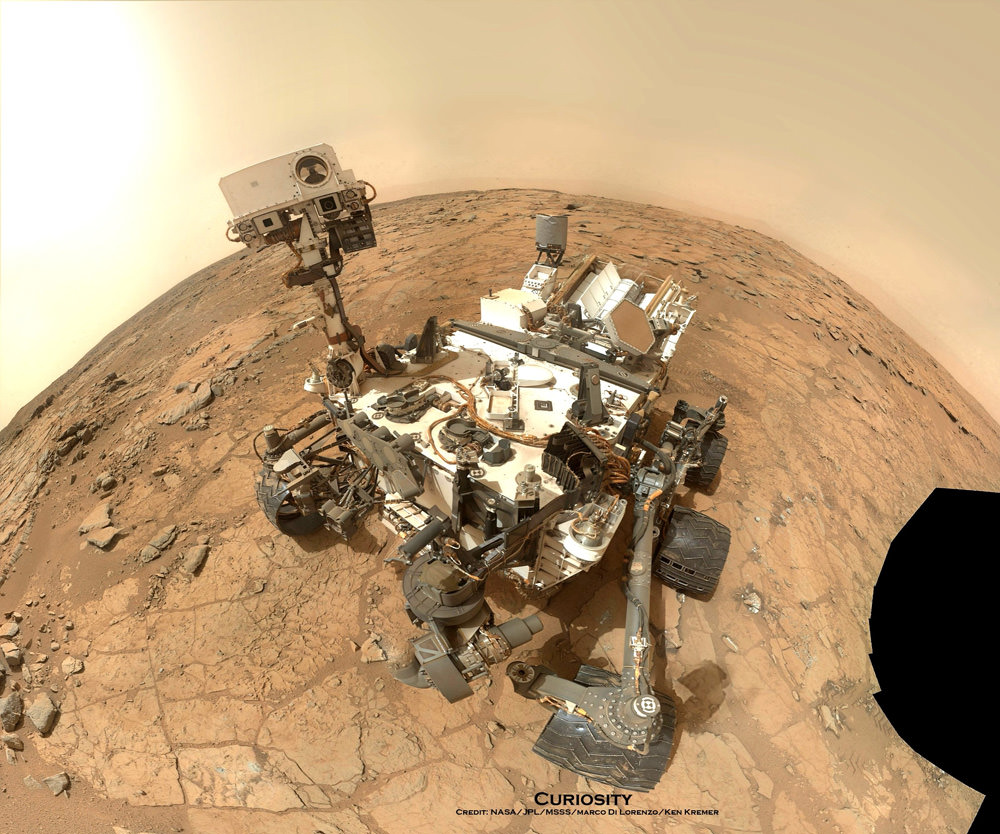NASA’s Mars Curiosity rover can’t find any sign of methane on the red planet, but the agency emphasized that methane would be only one indicator of possible life. There could be others.
“It reduces the probability of current methane-producing Martian microbes, but this addresses only one type of microbial metabolism,” stated Michael Meyer, NASA’s lead scientist for Mars exploration. “As we know, there are many types of terrestrial microbes that don’t generate methane.”
Curiosity (which can look for habitable conditions, but not life itself) sniffed the atmosphere six times for methane between October 2012 and June 2013. It didn’t see any sign of the molecule, which has been detected in other parts of Mars. The instrument being used, the tunable laser spectrometer, would be able to detect minute concentrations. Scientists today estimate methane on Mars must be 1.3 parts per billion at the most, which is only one-sixth as much as earlier estimates.
The results are intriguing given that other teams have spotted methane on Mars as far back as 1999. The Mars Global Surveyor, which was working for more than 10 years, charted the evolution of Martian methane over three years, for example. NASA Earth-bound observations using spectroscopic measurements reported even greater amounts in the Martian atmosphere in 2009, based on observations in 2003 and 2006.

On Thursday, NASA pointed out that reports of the highest concentrations of Mars methane came from Earth-based observatories, which seems to imply that they think peering through Earth’s atmosphere may have distorted the measurements. Some Earthly measurements indicated local regions with methane as high as 45 parts per billion.
“There’s no known way for methane to disappear quickly from the atmosphere,” stated Sushil Atreya, a professor of atmospheric and space science at the University of Michigan, Ann Arbor.
“Methane is persistent. It would last for hundreds of years in the Martian atmosphere. Without a way to take it out of the atmosphere quicker, our measurements indicate there cannot be much methane being put into the atmosphere by any mechanism, whether biology, geology, or by ultraviolet degradation of organics delivered by the fall of meteorites or interplanetary dust particles.”
Researchers estimate only 10 to 20 tons per year of methane enter the atmosphere of Mars, which is 50 million times less than what occurs on Earth. You can read more details in the paper in Science Express.
What do you think is happening? Leave your ideas in the comments.
Source: NASA

